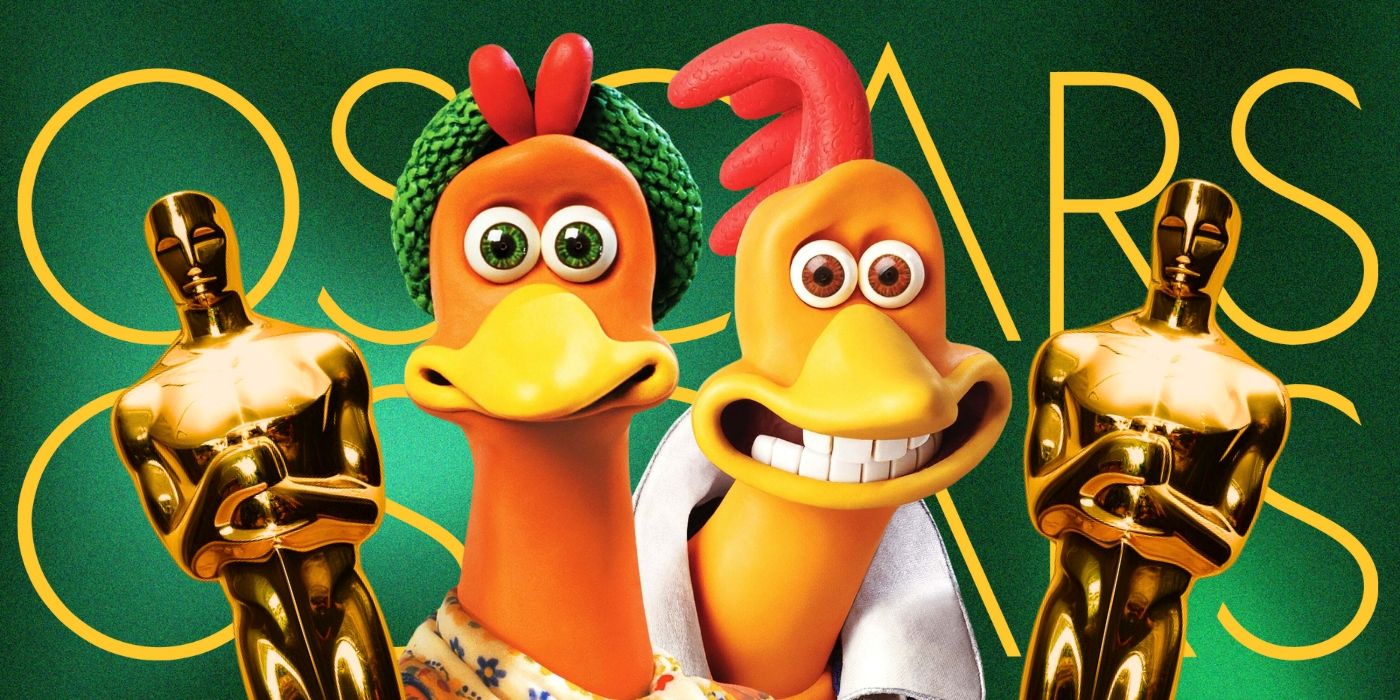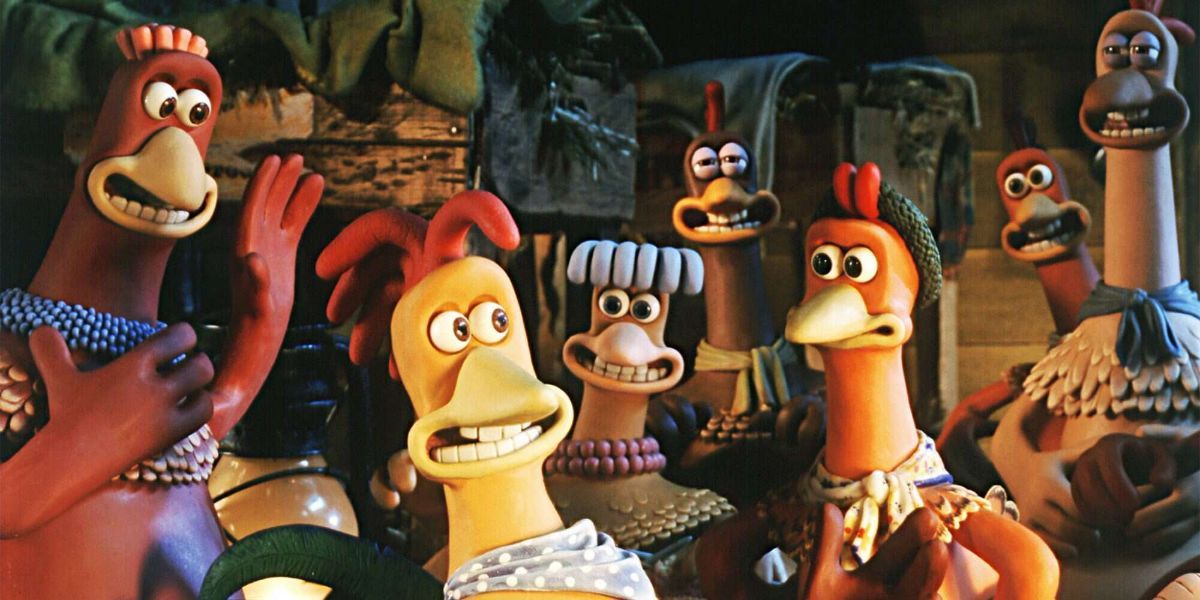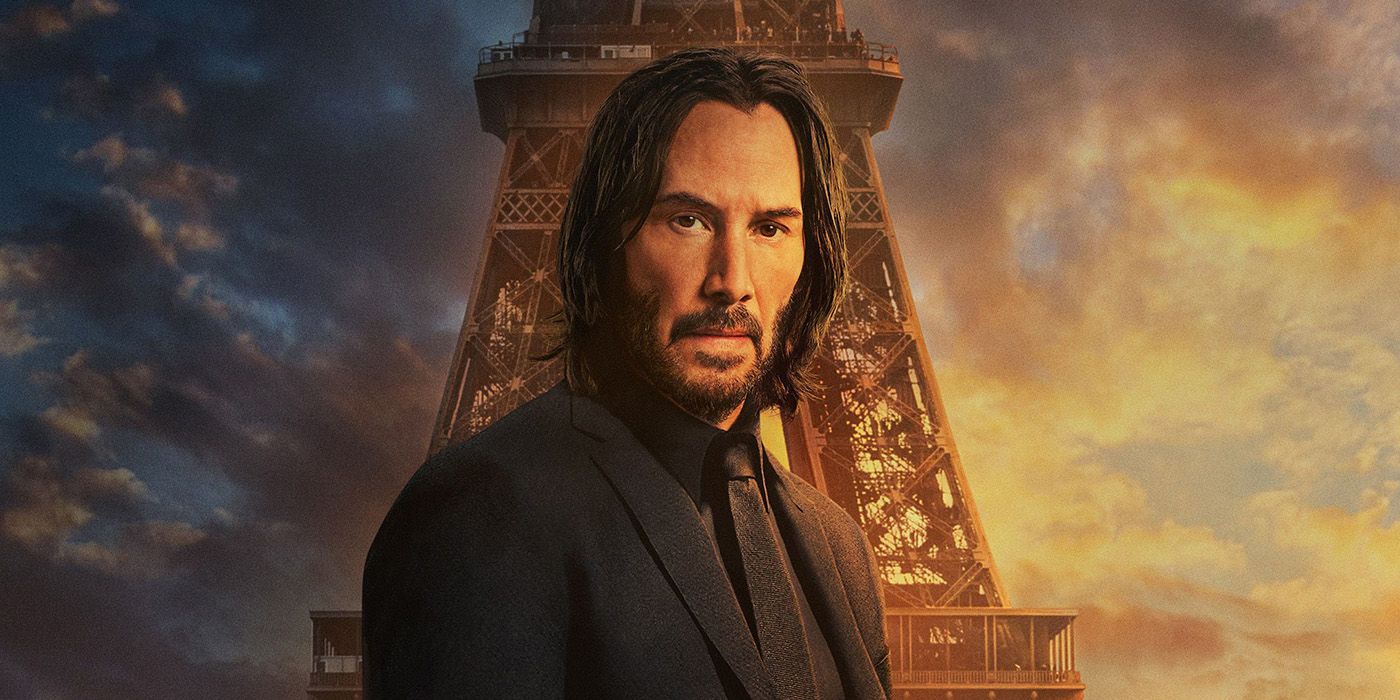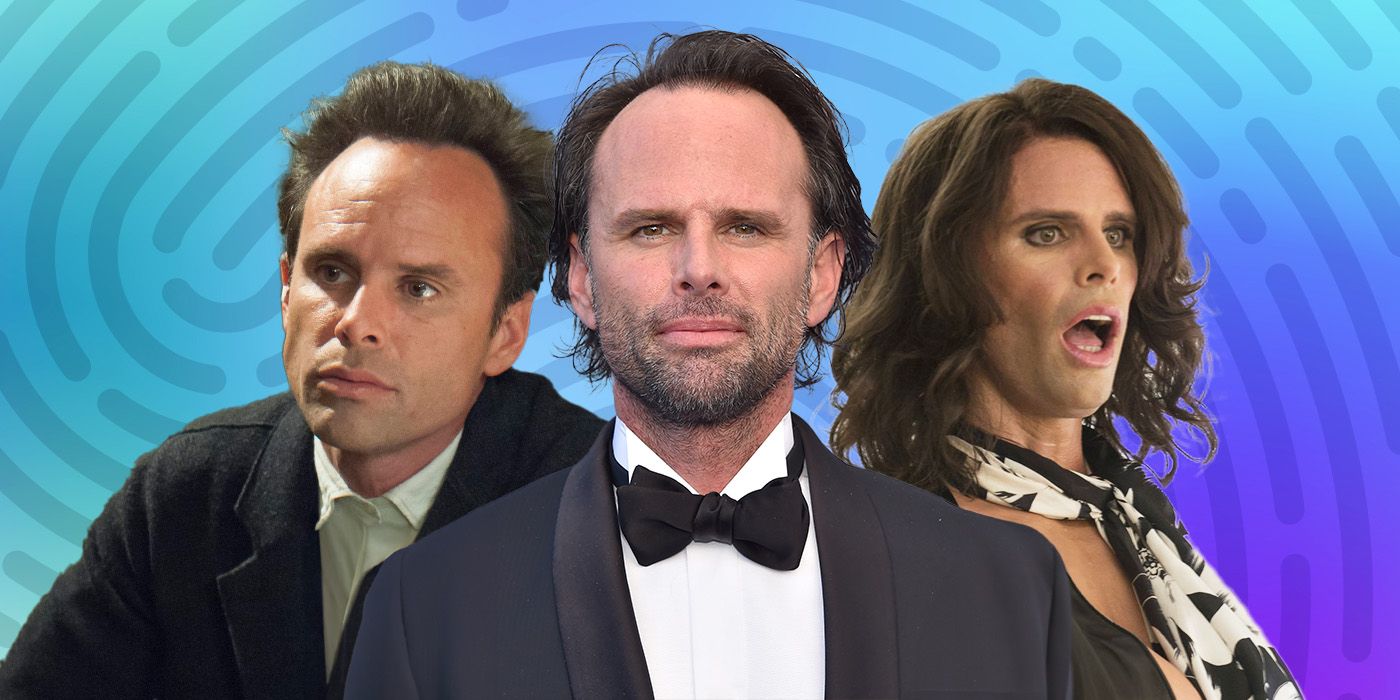Aardman Animation’s highly anticipated (and very long awaited) Chicken Run: Dawn of the Nugget is coming to Netflix this December, and it has much to live up to as a sequel to the most successful stop-motion animation film of all time: 2000’s Chicken Run. The trailer for the film certainly suggests that the whimsy of the first film is intact (Babs (Jane Horrocks), in particular, seems as lovingly dimwitted as she ever has been). Like its predecessor, it’s unlikely to be nominated for a Best Picture Academy Award, but in an interesting twist of fate, it is likely going to be in line for a Best Animated Feature Oscar, something Chicken Run couldn’t fall back on. Why? Because the category simply didn’t exist. But its exclusion from the Best Picture race was instrumental in creating the Best Animated Feature category going forward. How the cluck did this happen?
What Is ‘Chicken Run’ About?
Chicken Run: Dawn of the Nugget comes a full 23 years after the release of Chicken Run (which isn’t even the longest gap for an animated film and its sequel), so let’s review the events of that film. It opens on an egg farm (which, hilariously, looks much like camp in The Great Escape) in Yorkshire, owned by the villainous Mrs. Tweedy (Miranda Richardson) and her meek husband, Mr. Tweedy (Tony Haygarth). One brave chicken, Ginger (Julia Sawalha), is constantly working on ways for all the chickens to escape, but every effort to date has been futile. One night, a rooster, Rocky Rhodes (Mel Gibson) crash-lands in the coop, spraining his wing in the process. Rocky’s flight over the fence convinces Ginger and the others that he can actually fly, so they ask Rocky to teach them how. Rocky obliges and begins with training lessons.
Shortly after, parts for a chicken pie machine arrive at the farm, part of Mrs. Tweedy’s plan to enter the profitable field of pie-making. The Tweedys set about fattening the chickens up, seemingly oblivious to the waning egg production, but Ginger figures out their plan. They need to escape now, so when Rocky inadvertently reveals that his wing has healed, Ginger insists that he shows off his flying skills the next day. The next morning, though, Rocky is nowhere to be found, and in his place is a poster that shows he is part of a circus act where he gets launched like a cannonball. He can’t fly after all. Her disappointment turns to inspiration when Fowler (Benjamin Whitrow) speaks of his days in the Royal Air Force. They’ll build a plane.
When the plane is finished, they take off, only for Mrs. Tweedy to attack Ginger before she can get back on the plane. Rocky comes to her rescue again, though, having turned around out of guilt for abandoning his new friends. With Rocky’s help, the pair grab hold of the Christmas lights snagged on the plane, with a fortuitous axe swing sending Mrs. Tweedy into her own pie machine, which explodes into a big ball of gravy. The chickens escape to an island bird sanctuary where they make their home, and where Ginger and Rocky start off their romantic relationship.
‘Chicken Run’ Was Denied Oscar Glory
Chicken Run, like any stop-motion animated film, took eighteen months of painstaking work to bring the film (Aardman’s first feature-length film, no less) to movie screens. The crew consisted of 200 people at its peak, and up to thirty different sets, each with its own animator and technical crew, running simultaneously. A good week on one of those sets, resulted in six seconds of finished footage. DreamWorks knew it had a winner in the film, and promoted it hard, lending the filmmakers and lead voice actors to media interviews in various countries. It worked! Chicken Run was a commercial and critical success.
Famed movie critic Roger Ebert gave the film three and a half stars, calling it a “magical new animated film that looks and sounds like no other” (it currently sits at 97% on Rotten Tomatoes). Despite opening behind the Jim Carrey vehicle Me, Myself & Irene, the film proved it had (chicken) legs, eventually earning $224,834,564 at the box office, a figure that made it the top-grossing stop-motion animated film of all time, and it hasn’t been knocked off its roost to date. The success of the film led to speculation that it would be in the running for Best Picture at the 73rd Academy Awards, the first animated feature to be nominated since Beauty and the Beast in 1991. The odds, however, were never really in its favor. Animated films rarely ever made the shortlist for Best Picture, and certainly had never won. So it was that Chicken Run, despite DreamWorks’ efforts, was not on the nominee list, while Gladiator, Chocolat, Crouching Tiger, Hidden Dragon, Erin Brockovich, and Traffic were.
The Best Animated Feature Category Was Long Overdue
The exclusion of Chicken Run, following the exclusion the year before of Toy Story 2, didn’t sit well with many, adding their voices to those of animators who, according to John Pavlik, spokesman for the Academy, had been lobbying for an animated feature Oscar for about three years. The result was the creation of a new category on September 28, 2000: Best Animated Feature, awarded to animated features of more than 70 minutes, provided at least eight or more films were eligible over the year. It was the first new Oscar category since Best Makeup and Hairstyling was introduced in 1981. While the Academy has never stated outright that the Chicken Run snub led to the creation of the new award, it has been generally accepted as the primary reason behind it. And on March 24, 2002, history was made when Shrek, another DreamWorks feature, won the first ever Best Animated Feature Oscar. Despite Chicken Run not receiving the accolades it should have, karma would right itself and award Nick Park and Steve Box the Oscar they had a key part in creating with 2005’s Wallace & Gromit: The Curse of the Were-Rabbit.
It wouldn’t be the last time that the Academy was prompted to make changes due to public pressure. The Best Picture Oscar rarely nominated blockbuster films for the prestigious award, choosing instead to honor Oscar bait, like The Cider House Rules or Chocolat. It became almost laughably predictable which films would be nominated, proving the category stale — and worse — losing the interest of viewers watching the show on TV. The exclusion of The Dark Knight and yet another animated classic, Wall-E, from the 2009 Awards was the final straw. So in June 2009, Academy president Sid Ganis declared that the Best Picture category would be expanded to 10 nominees, ensuring a mix of classic Oscar standards and popular films. It was a savvy move, one that New York Times columnist Kyle Buchanan claims “saved the show.” It’s far too early, of course, to determine if Chicken Run: Dawn of the Nugget will be up for any awards, but thanks to its predecessor, at least it has a chance.
The Big Picture
- Aardman’s highly anticipated sequel, Chicken Run: Dawn of the Nugget, will be released on Netflix in December, following the success of the original film in 2000.
- Chicken Run was denied an Oscar nomination for Best Picture, but its exclusion led to the creation of the Best Animated Feature category, which Shrek won in 2002.
- The Academy has made more changes to its nomination process, including expanding the Best Picture category.






